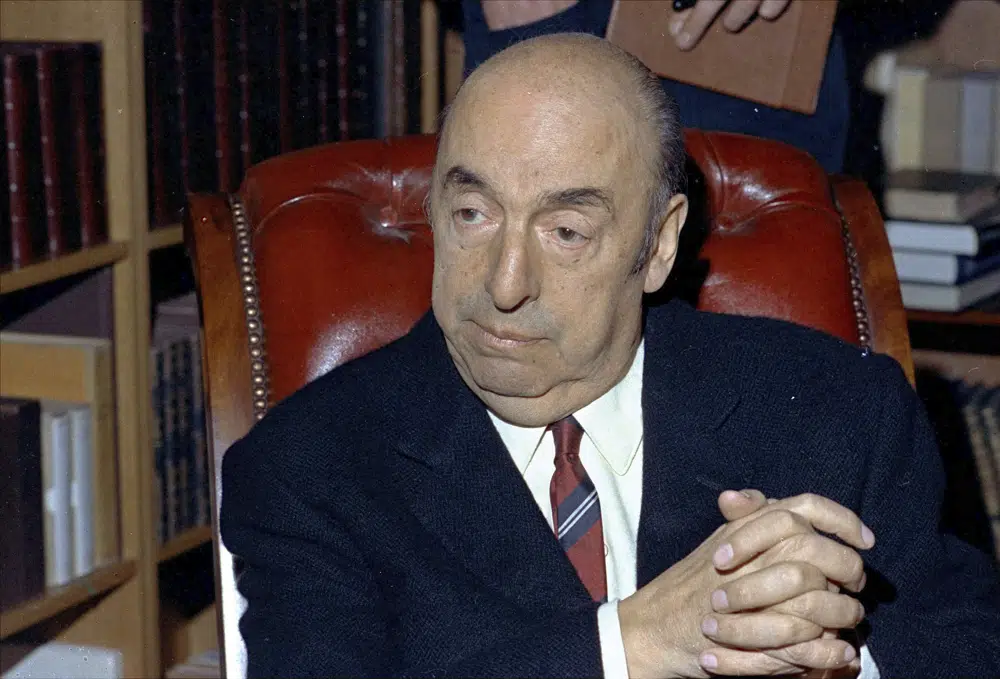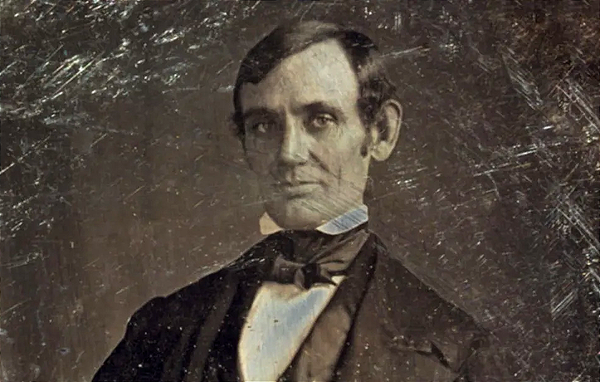Forensic scientists say poet Pablo Neruda was poisoned

One of the most enduring mysteries in modern Chilean history may finally have been solved after forensic experts determined that the Nobel prize-winning Chilean poet Pablo Neruda died after being poisoned with a powerful toxin, apparently confirming decades of suspicions that he was murdered. According to the official version, Neruda – who made his name as a young poet with the collection Twenty Poems of Love and a Song of Despair – died from prostate cancer and malnutrition on 23 September 1973, just 12 days after the military coup that overthrew the government of his friend, President Salvador Allende. But scientists now say he died from a buildup of botulism toxin.
Magenta is a color that doesn't exist – so what's happening when we see it?
Most people have heard of the color magenta, a combination of purple and red. But in literal terms, it doesn't exist – in other words, there is no magenta when you look at the colors that a prism creates. Magenta has no wavelength of light that corresponds to it. Amelia Settembre writes: "Usually, when trying to determine color, the brain averages the colors to come up with an outcome. If you mix green and red, you’ll end up with a yellow light because the brain has averaged it. When you mix red and purple, your brain averages them. Ultimately, this would reasonably come out to green but because your brain wants the outcome to make logical sense, it mixes the colors and you get magenta."

The surprisingly dark history behing garden gnomes
In 18th-century England, an unwashed, bearded old man living at the bottom of your garden was the must-have fashion accessory for wealthy elites. The hermits-for-hire would be encouraged to dress as a druid and made to live in a makeshift grotto on the property where the landowner could care for them, converse with them, or simply view them for their entertainment. One account from 1797 reads: ”The hermit is never to leave the place, or hold conversation with anyone for seven years during which he is neither to wash himself or cleanse himself in any way whatever, but is to let his hair and nails both on hands and feet, grow as long as nature will permit them."

Scientists are learning what it was like to grow up during the Paleolithic Age
April Nowell, a Palaeolithic archaeologist, writes: "Asked to imagine what life looked like for humans from this era, a 20th-century archaeologist or anthropologist would likely picture the hunting and gathering being done almost exclusively by adults, prompting researchers to write journal articles with titles such as 'Where Have All the Children Gone?’ We forget that the adults of the Palaeolithic were also mothers, fathers, aunts, uncles and grandparents who had to make space for the little ones around them. In fact, children in the deep past may have taken up significantly more space than they do today: in prehistoric societies, children under 15 accounted for around half of the world’s population.

The man who went to war with Canada
Depending on whom you ask, Machias Seal Island is either off the coast of Maine or of Grand Manan. It’s also either American or Canadian. It is the only place with this particular unsettled identity that you can actually stand on top of. Although the ownership of some stretches of water is still contested, this island—and neighboring North Rock, which is even smaller and barer—are the last crumbs of their land the two countries don’t agree on. And for most of his life, Barna Norton from Joneesport, Maine was convinced that he owned it, a story that flies in the face of the Canadian lighthouse that has stood on the island for two centuries.

Why a lake in Cameroon suddenly exploded and killed thousands
All told, some 1,800 people perished at Lake Nyos. Many of the victims were found right where they'd normally be around 9 o'clock at night, suggesting they died on the spot. Bodies lay near cooking fires, clustered in doorways and in bed. Some people who had lain unconscious for more than a day finally awoke, saw their family members lying dead and then committed suicide. Within days scientists from around the world converged on Nyos. At first, they assumed the long-dormant volcano under its crater had erupted, spewing out some kind of deadly fumes. Over months and years, however, the researchers uncovered a more insidious disaster—one thought to exist only in myth.

Helping fish get over a dam
A system designed to help native fish quickly pass over dams in seconds rather than days. pic.twitter.com/MF6M8Sgv1O
— Fascinating (@fasc1nate) February 14, 2023



